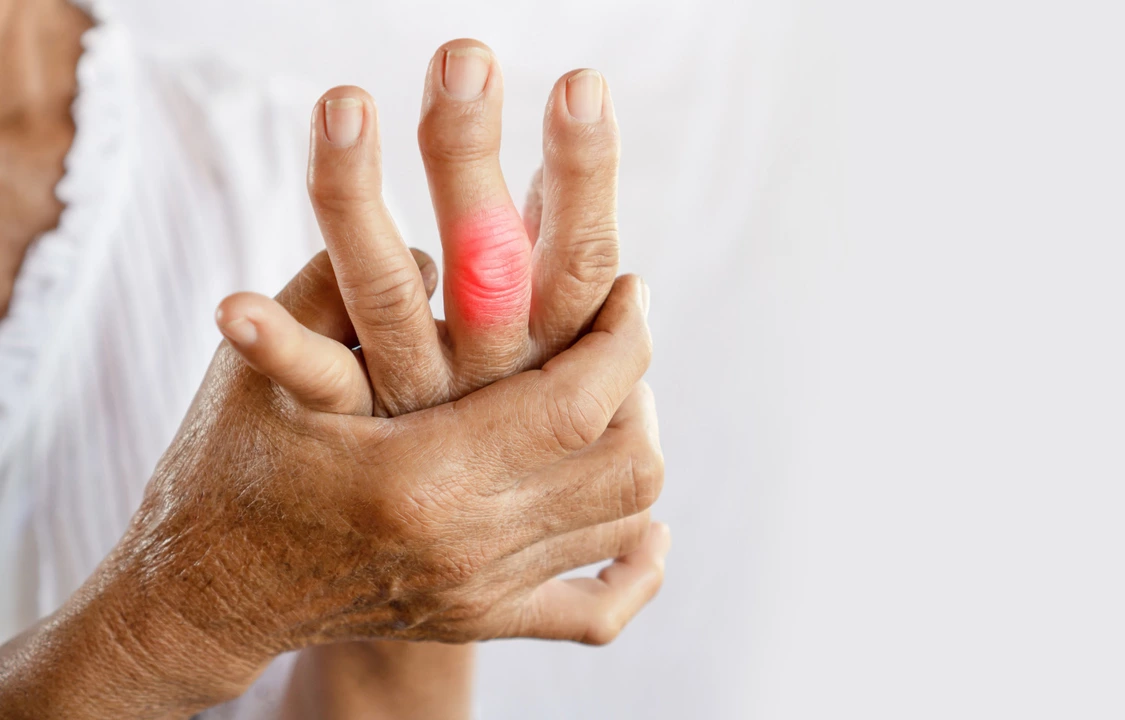Joint pain: simple ways to feel better and stay active
Joint pain can stop you from doing the things you enjoy. It shows up as stiffness, swelling, aching, or sharp pain in knees, hips, shoulders, fingers, or ankles. You don’t always need surgery or expensive tests. Small, smart steps often cut pain and keep your joints working.
Quick at-home fixes you can try today
Cold helps when a joint is swollen or just injured. Use ice for 10–20 minutes, every few hours, for the first 48 hours. Heat works better for stiffness — try a warm bath or a heating pad for 15–20 minutes before movement. Both can be used depending on how your joint feels.
Over-the-counter pain medicines can help short-term. Ibuprofen and naproxen are anti-inflammatory and reduce swelling. Acetaminophen eases pain but doesn’t lower inflammation. Follow the label and check with your pharmacist if you take other meds or have health issues.
Topical creams and gels are worth trying. Diclofenac gel, menthol, or capsaicin cream can relieve pain in a targeted way with fewer whole-body side effects than pills.
Move gently. Resting too long makes joints stiffer. Short walks, gentle stretches, and range-of-motion exercises reduce pain and improve function. If an exercise hurts a lot, stop and try a gentler version.
Long-term steps and when to see a doctor
Strength matters. Strong muscles around a joint take pressure off it. A physical therapist can show safe strength moves and stretches tailored to your problem. Aim for a mix of strength, balance, and low-impact cardio like walking, cycling, or swimming.
Check your weight. Losing a few pounds cuts knee and hip pain significantly. Even small changes reduce load on the joints and slow wear-and-tear.
Some supplements can help some people. Glucosamine and chondroitin have mixed evidence but help a portion of users for osteoarthritis. Fish oil (omega-3) and turmeric (curcumin) can reduce inflammation for some — but both can interact with blood thinners. Talk to your doctor before starting anything new.
Know the red flags. See a doctor right away if you have fever with joint pain, sudden severe pain, joint that looks deformed, or can’t move the joint. Also get help if pain limits daily life despite home care, or if swelling and redness don’t improve.
Doctors can offer more options: prescription anti-inflammatories, steroid injections, hyaluronic acid injections, or disease-specific drugs for conditions like rheumatoid arthritis or gout. Imaging or blood tests help if the cause is unclear.
Small, consistent steps matter most. Use ice or heat, try targeted topical treatments, keep moving, build strength, and watch for warning signs. If home measures don’t work, a clinician can help you find the right medical plan so you can get back to normal tasks and hobbies.
As someone who experiences joint pain, I recently came across an interesting connection between amlodipine and gout. Amlodipine is a common medication used to treat high blood pressure, but it has been found to potentially increase the risk of gout. Gout is a type of arthritis caused by a buildup of uric acid crystals in the joints, leading to painful inflammation. If you're taking amlodipine and experiencing joint pain, it's important to discuss this with your doctor. They may recommend adjusting your medication or exploring alternative treatment options to help alleviate your symptoms.
